Revel
Revel is a new wearable tactile technology that modifies the user’s tactile perception of the physical world. With very little if any instrumentation of the environment, it can add artificial tactile sensations to everyday objects, devices and surfaces in the environment, such as furniture, walls, wooden and plastic objects, and even human skin.
Revel is based on Reverse-Electrovibration. It applies a weak electrical signal anywhere on the user’s body, creating an oscillating electrical field around the user’s skin. When sliding one’s fingers on a surface of the object, the user perceives highly distinctive tactile textures that augment the physical object. Varying the properties of the signal, such as the shape, amplitude and frequency, can provide a wide range of tactile sensations.
How does Revel work?
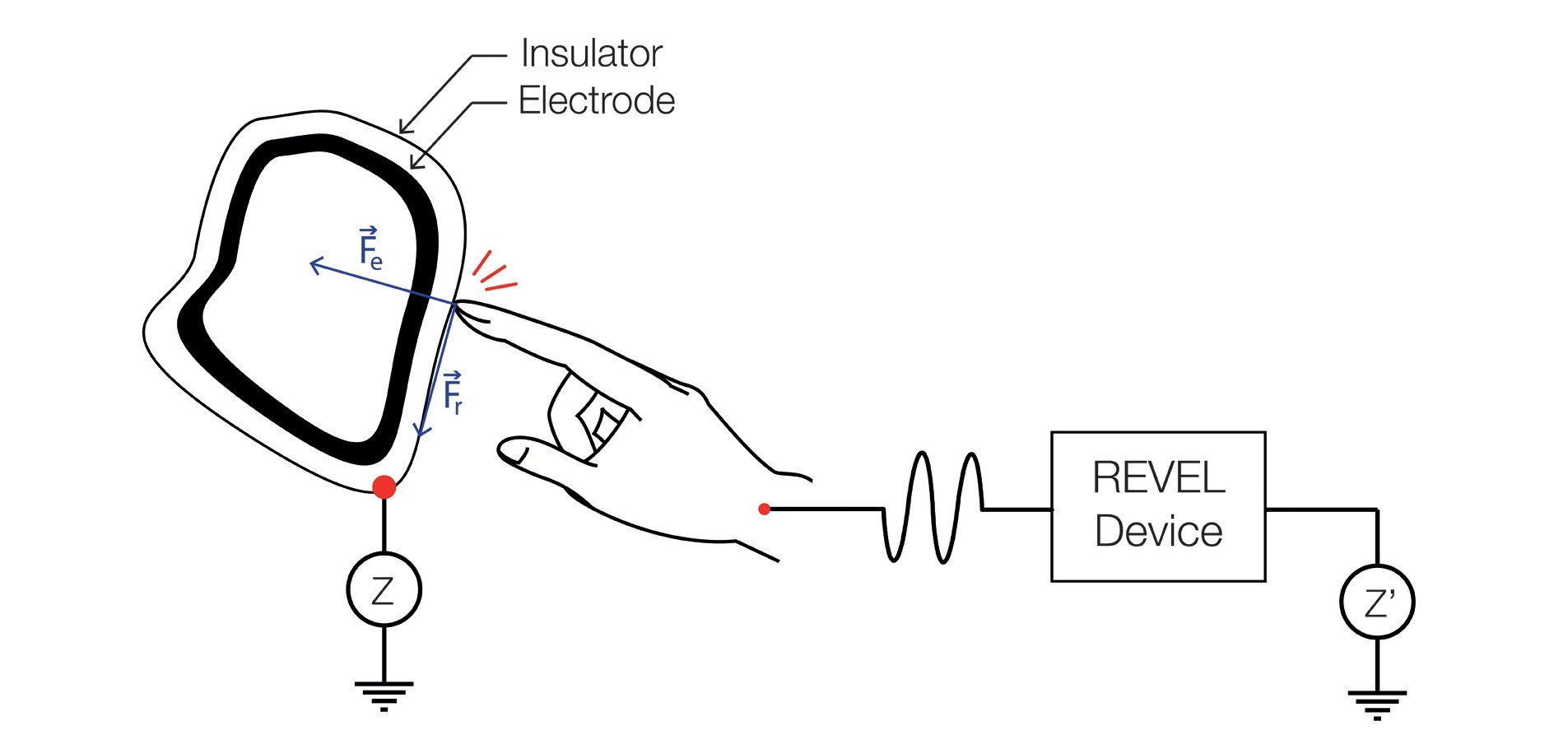
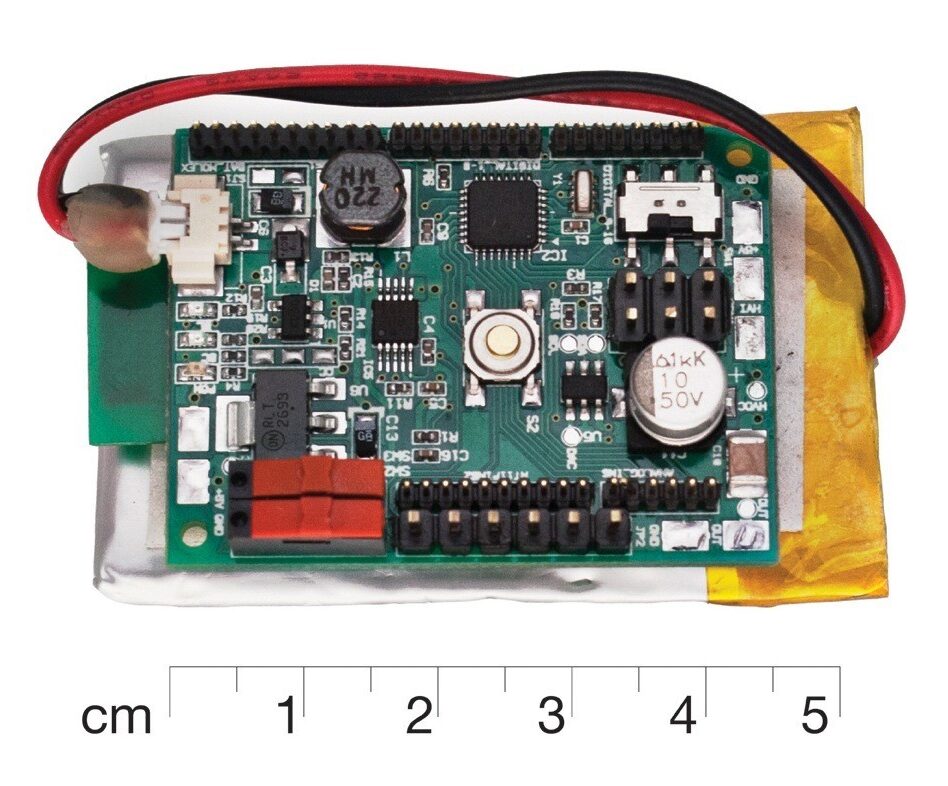
Revel is based on Reverse Electrovibration. It injects an imperceptible electrical signal into the user’s body that creates an electrostatic field around the skin. When sliding one’s fingers on a physical object covered with an electrode and insulator, the electrostatic force modulates the friction between the sliding finger and the object. Both Revel and the objects share common ground.
The Revel hardware consists in a small arbitrary signal generator. The board is powered by a 3.7V battery and equipped with on-board Bluetooth for wireless communication.
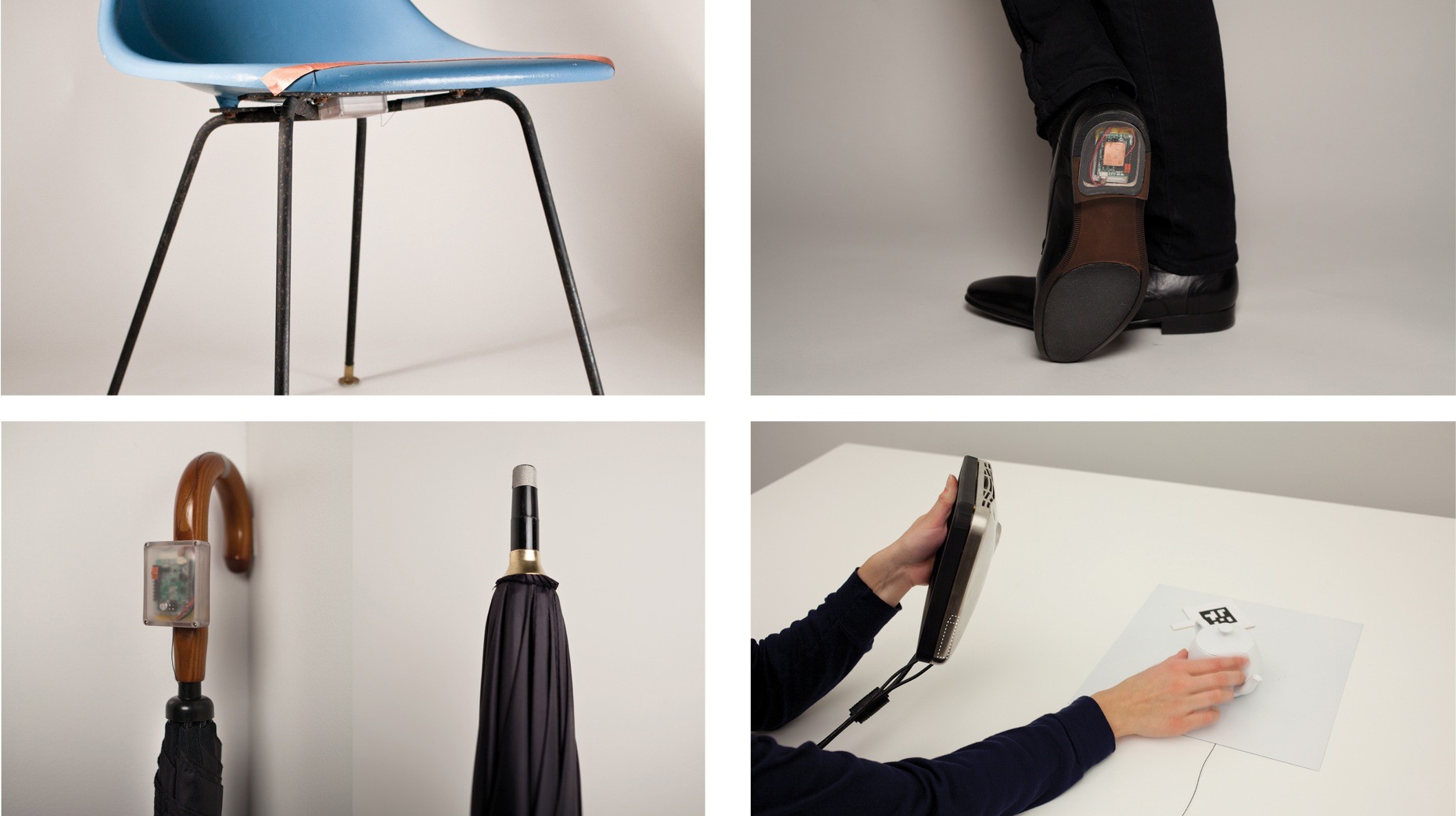
Revel generates arbitrary signals that can be applied anywhere on user’s body. For example, the Revel device can be embedded in a chair, cane, shoe or the casing of a touch-screen.

Objects and surface need to be coated with a REVEL skin. A Revel skin can be created in many ways using a wide range of common manufacturing techniques and processes, such as paint, anodization, electroplating, etc. Many objects and surfaces are already compatible, such as capacitive touch-screens or aluminum furniture for example.
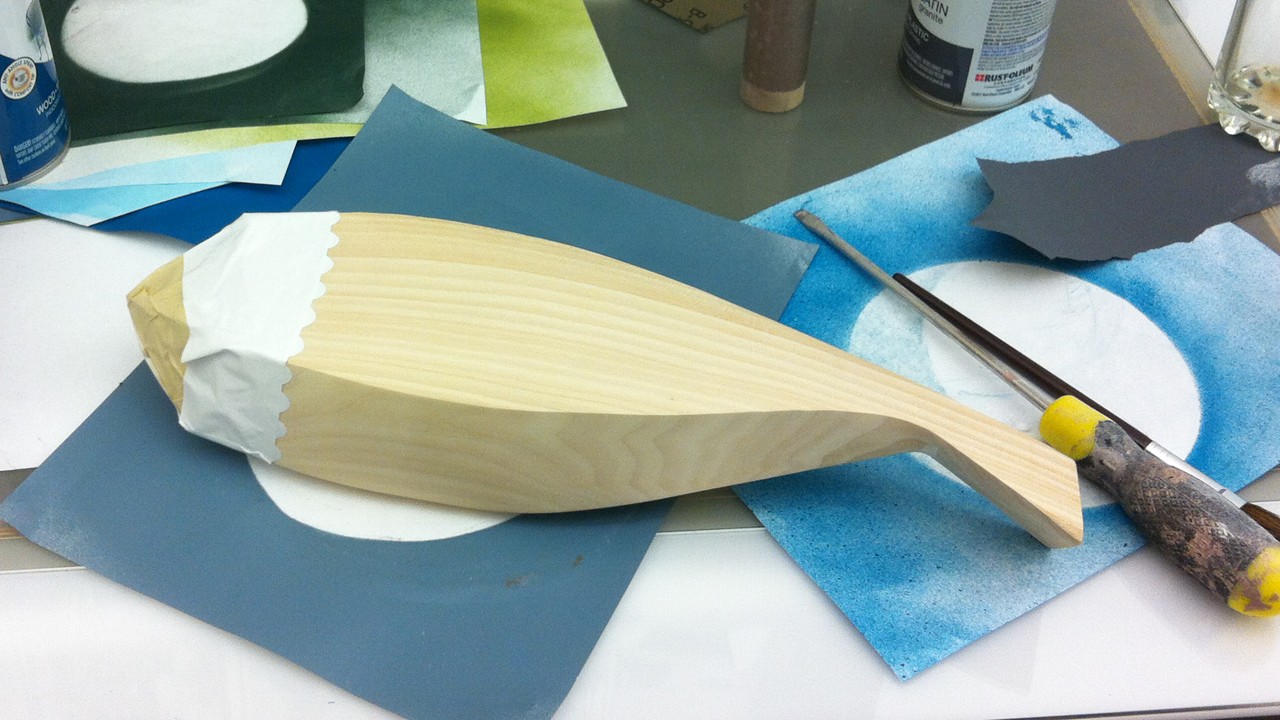
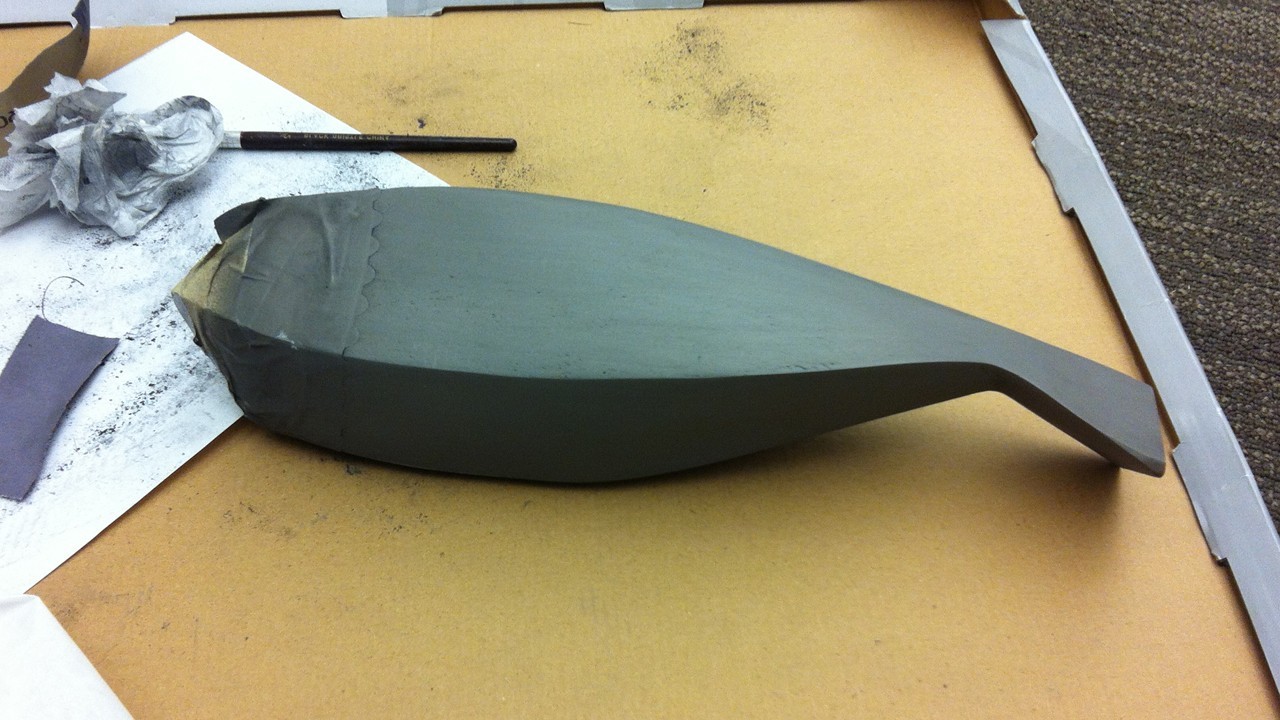

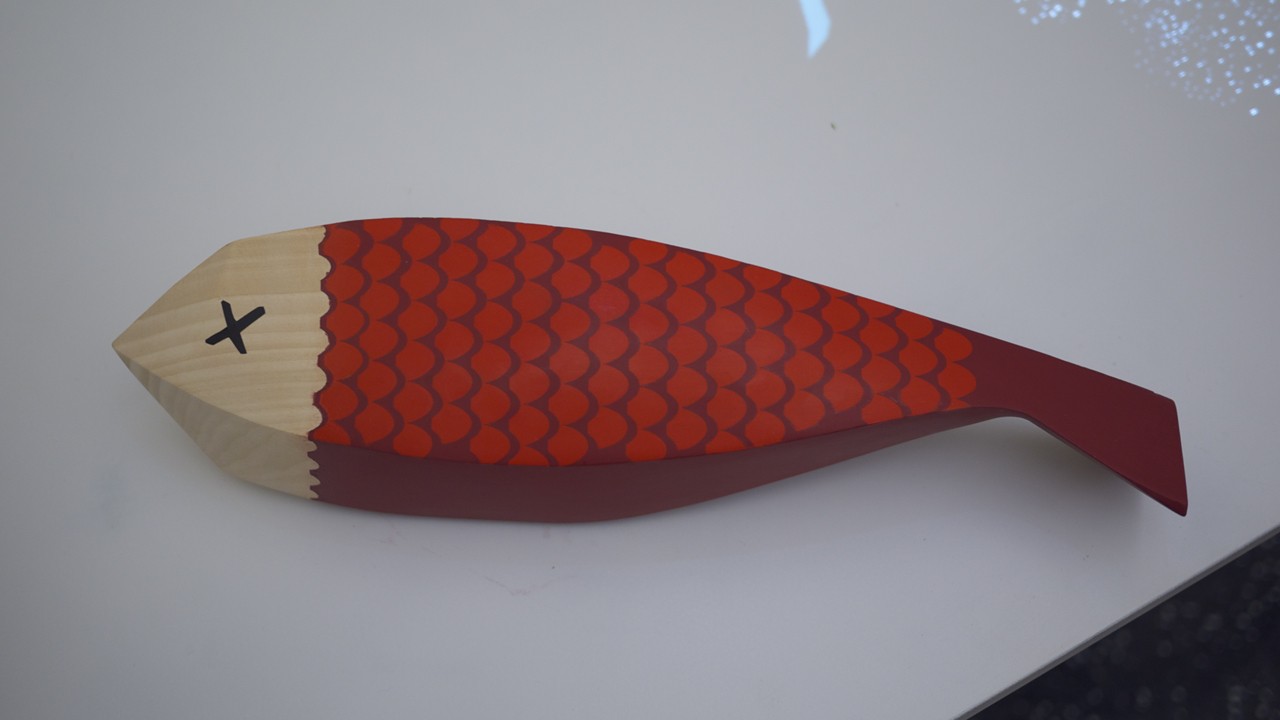
Example of Revel skin: a wooden object is coated with conductive paint (here Nickel-based paint), then painted with regular paint, and finally sanded to achieve a very smooth finish.
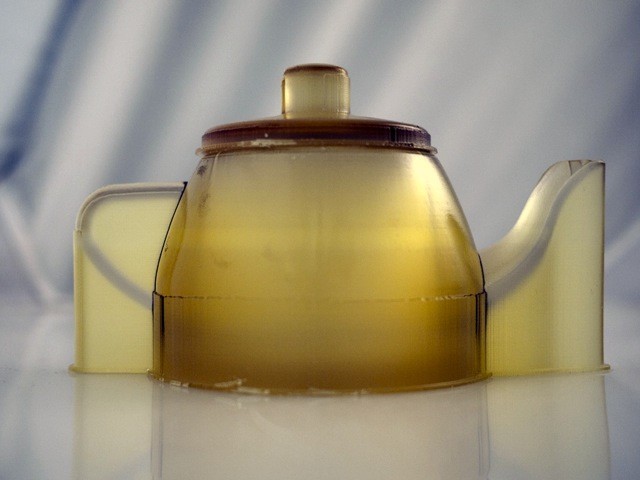
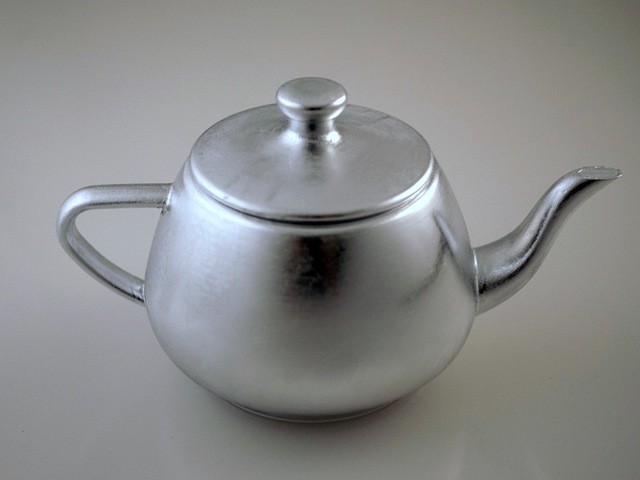
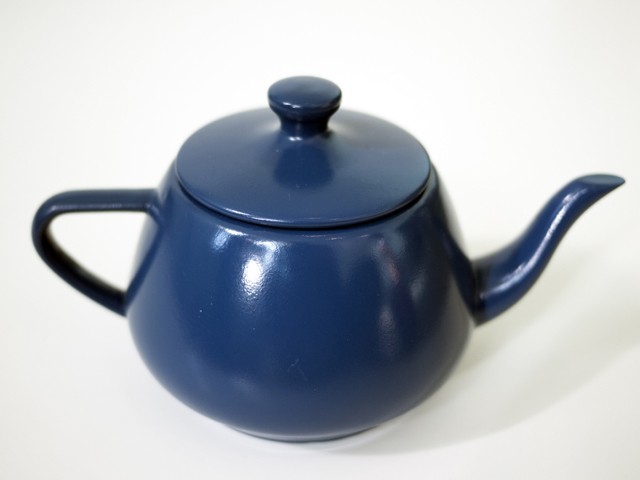
Example of Revel skin: a 3D object can be vacuum plated with aluminum and covered with a thin layer of blue paint.
Experiencing tactile sensations with Revel
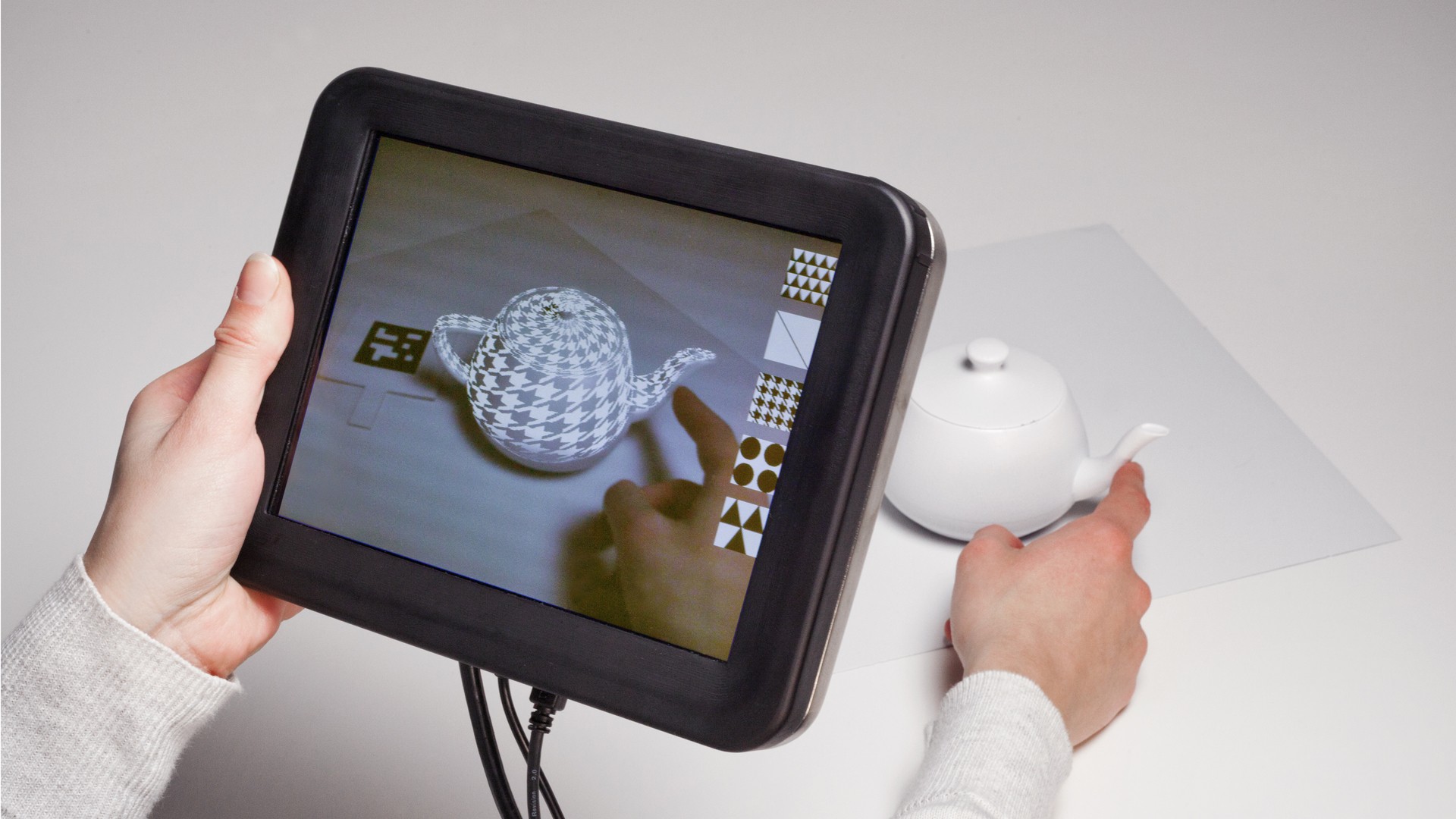
Revel can be embedded in the casing of mobile displays. In this application, the user can change both the visual texture and the tactile texture of an object without any instrumentation of the physical object itself. Since the Revel signal is applied to the user through the casing of the device, the tactile textures can be felt by the finger touching the display, as well as when the user slides his finger on the physical object itself.
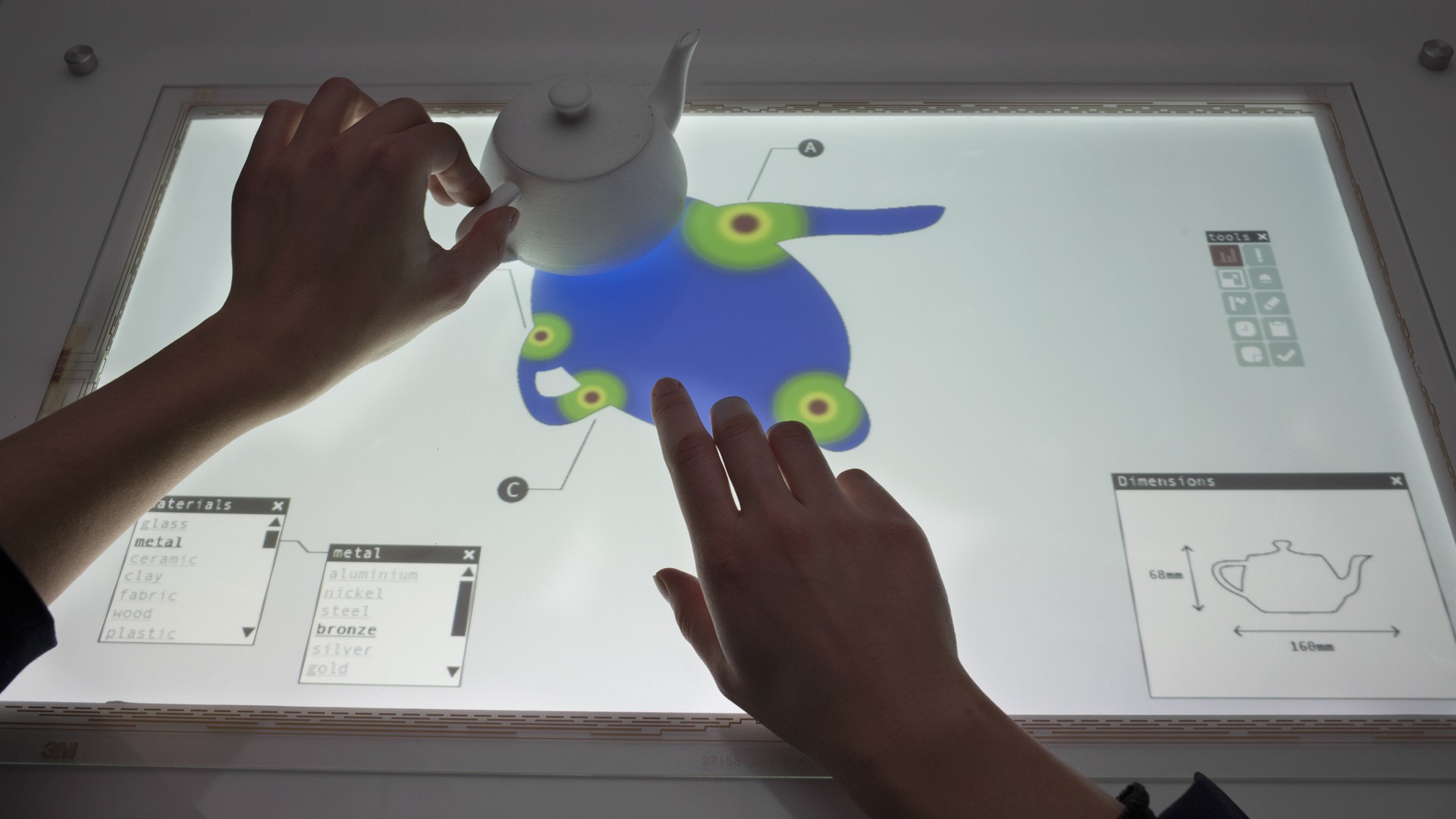
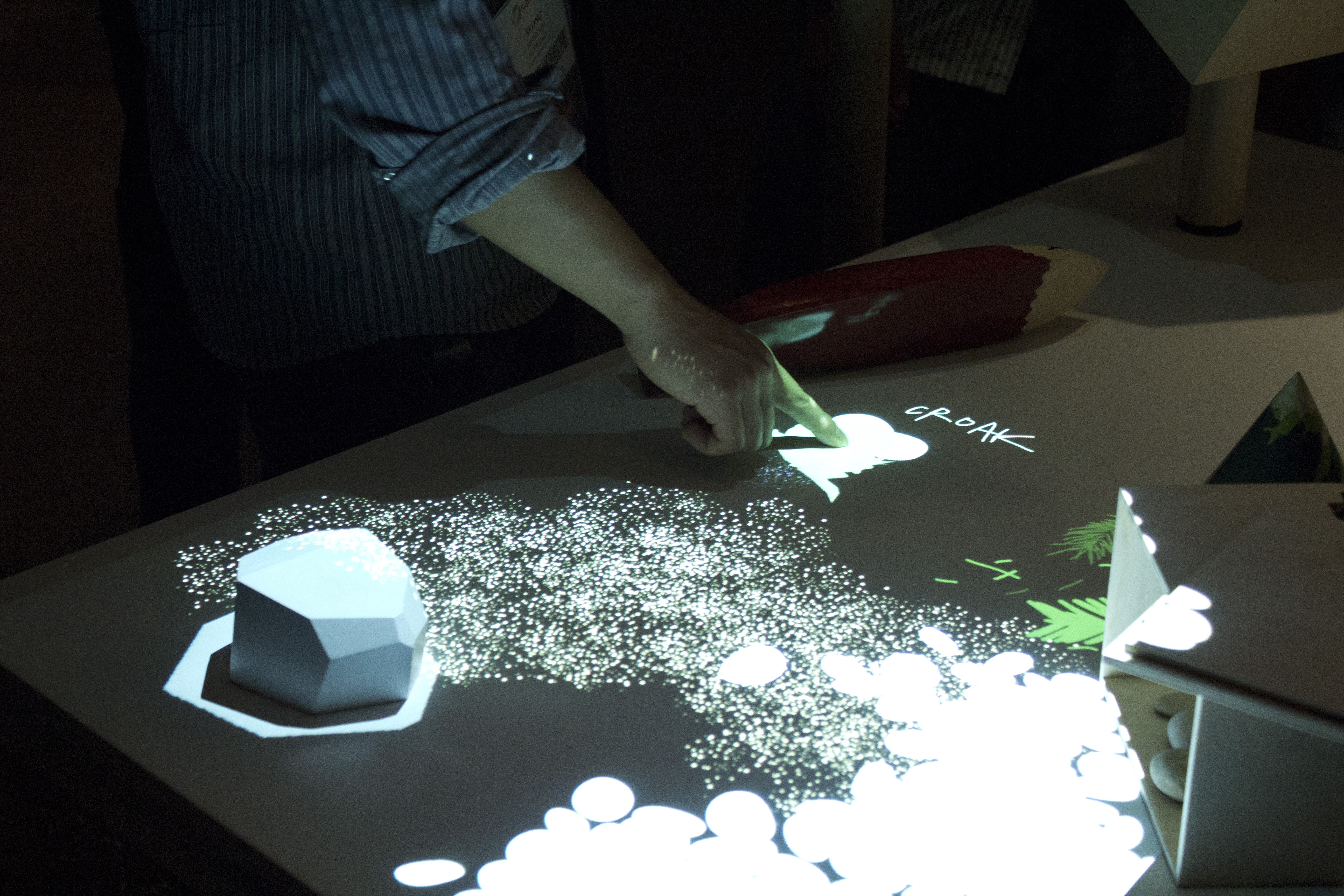
Revel can augment large touch-surfaces with tactile feedback, including even large touch-tables. It can also provide tactile sensations to projected content, independently from the projection surface in the environment, e.g. walls and tables.
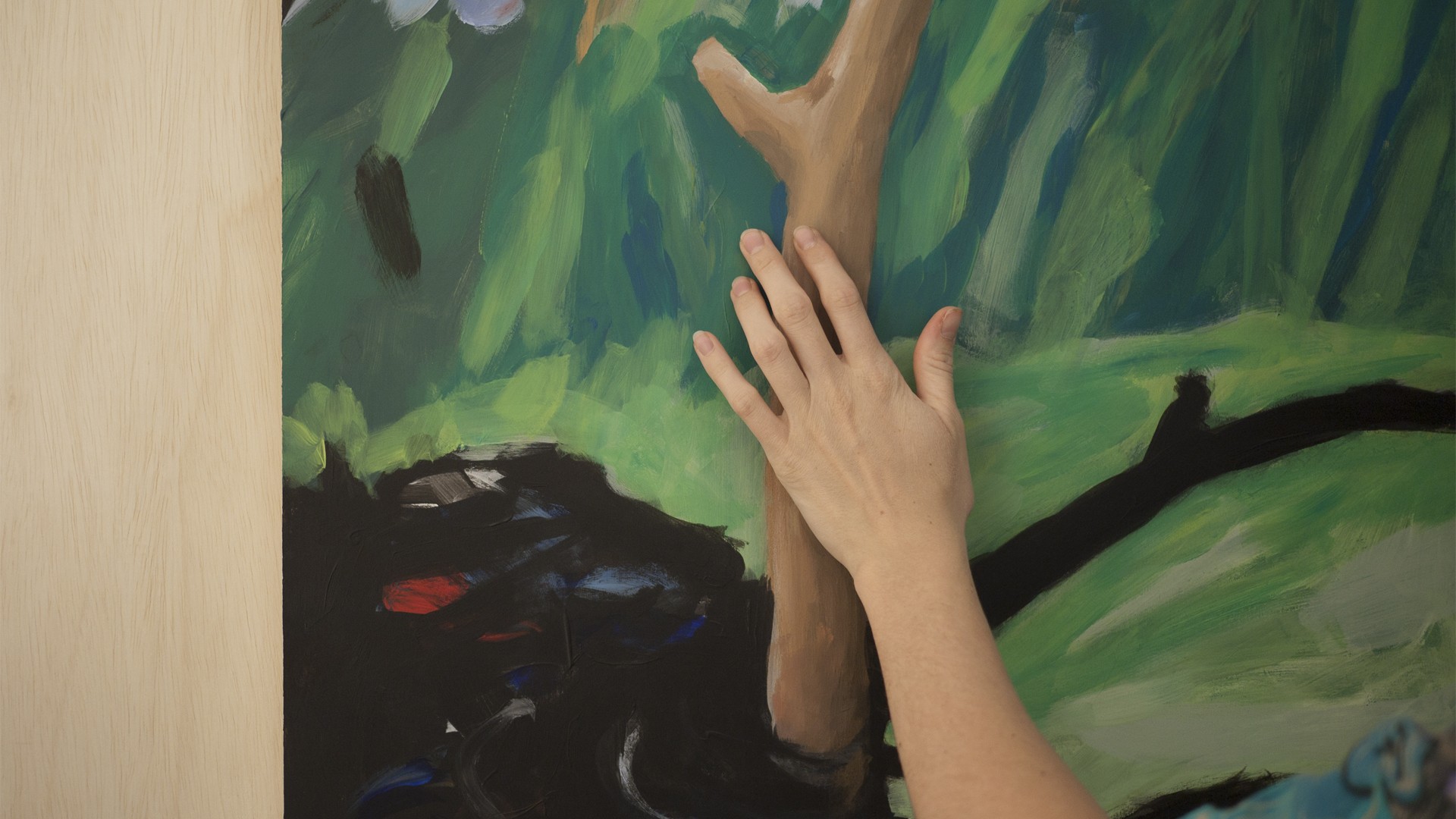
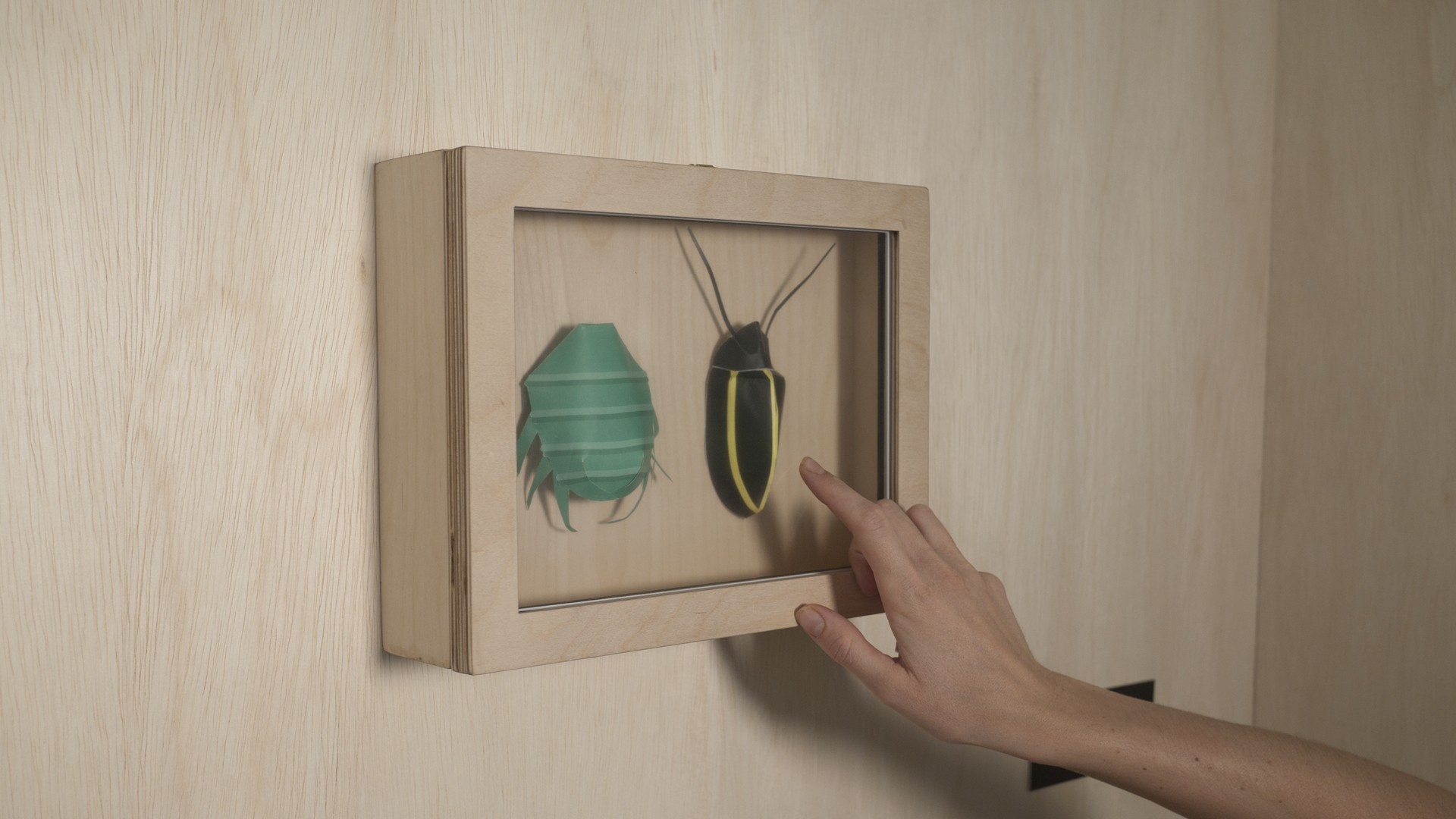
Revel can augment paintings and prints with artificial tactile sensations and augment interactive display cases with textures related to their contents. This last example has been applied to the design of a display case in a bug exhibit, at a Carnegie Museum in Pittsburgh.
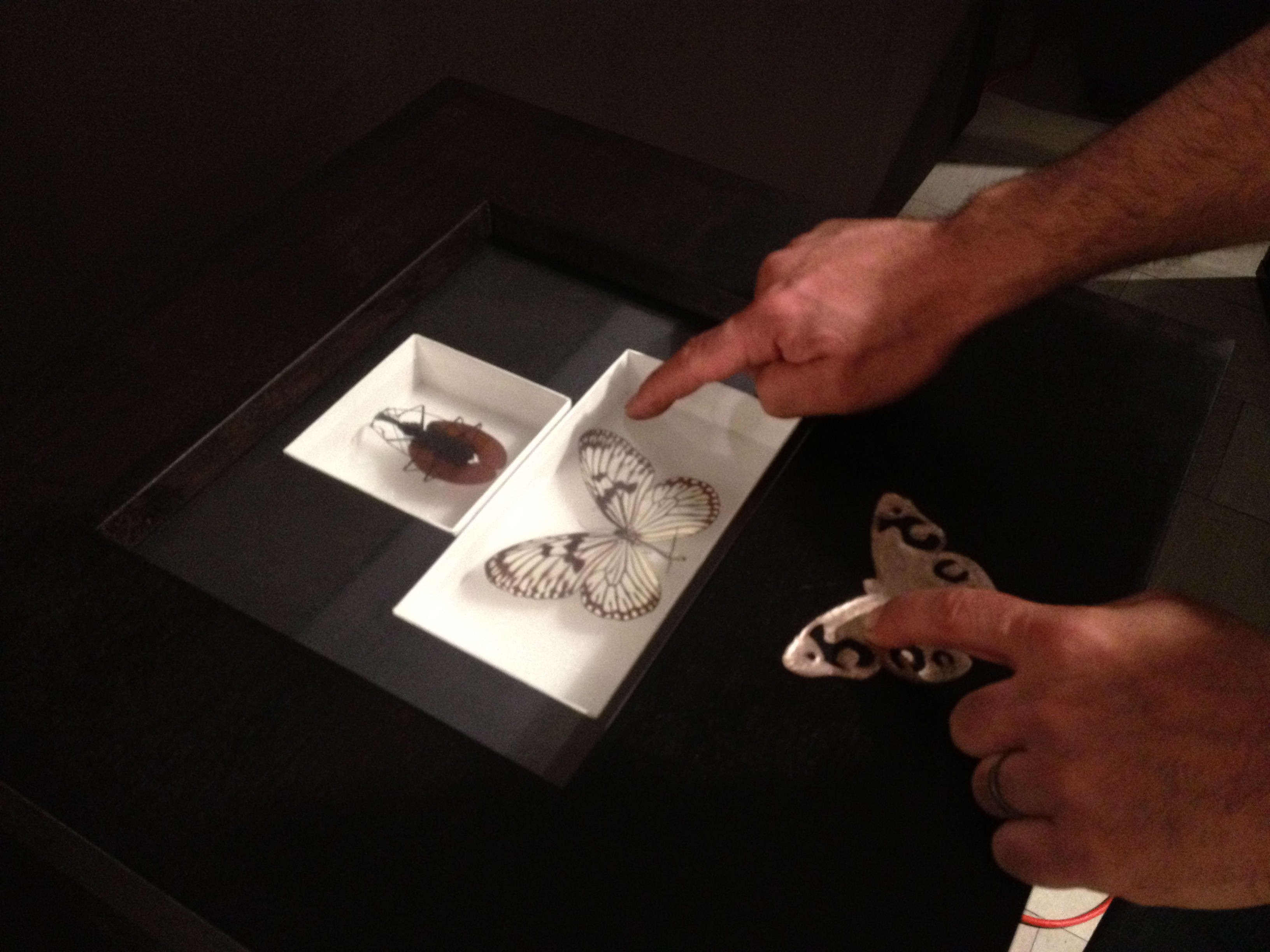
What are the applications of Revel?
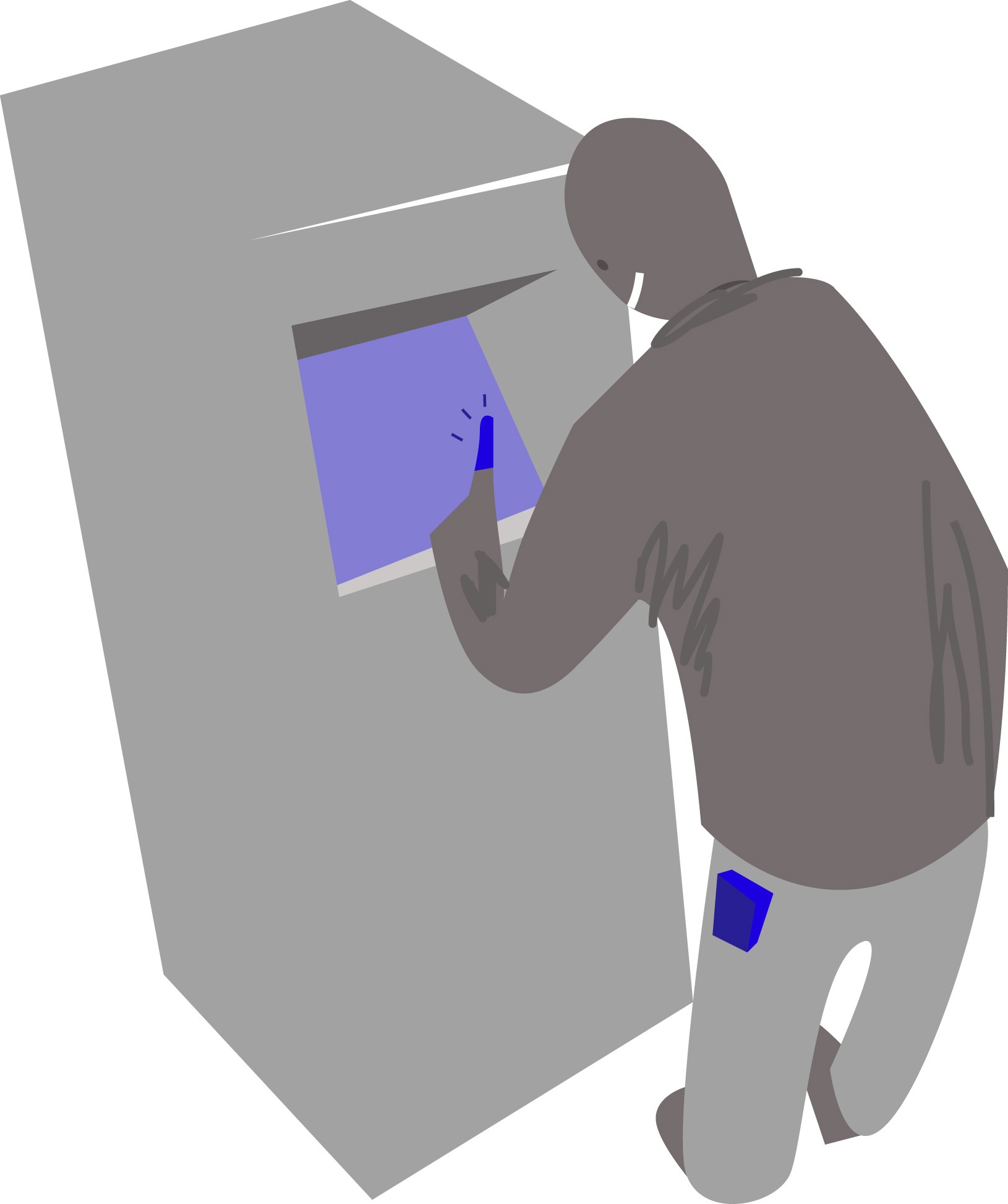
Revel enables a wide range of new exciting applications. For example, Revel could be used to provide private and personal tactile information on public displays, providing invisible tactile hints to the user of an ATM or vending machine for example.
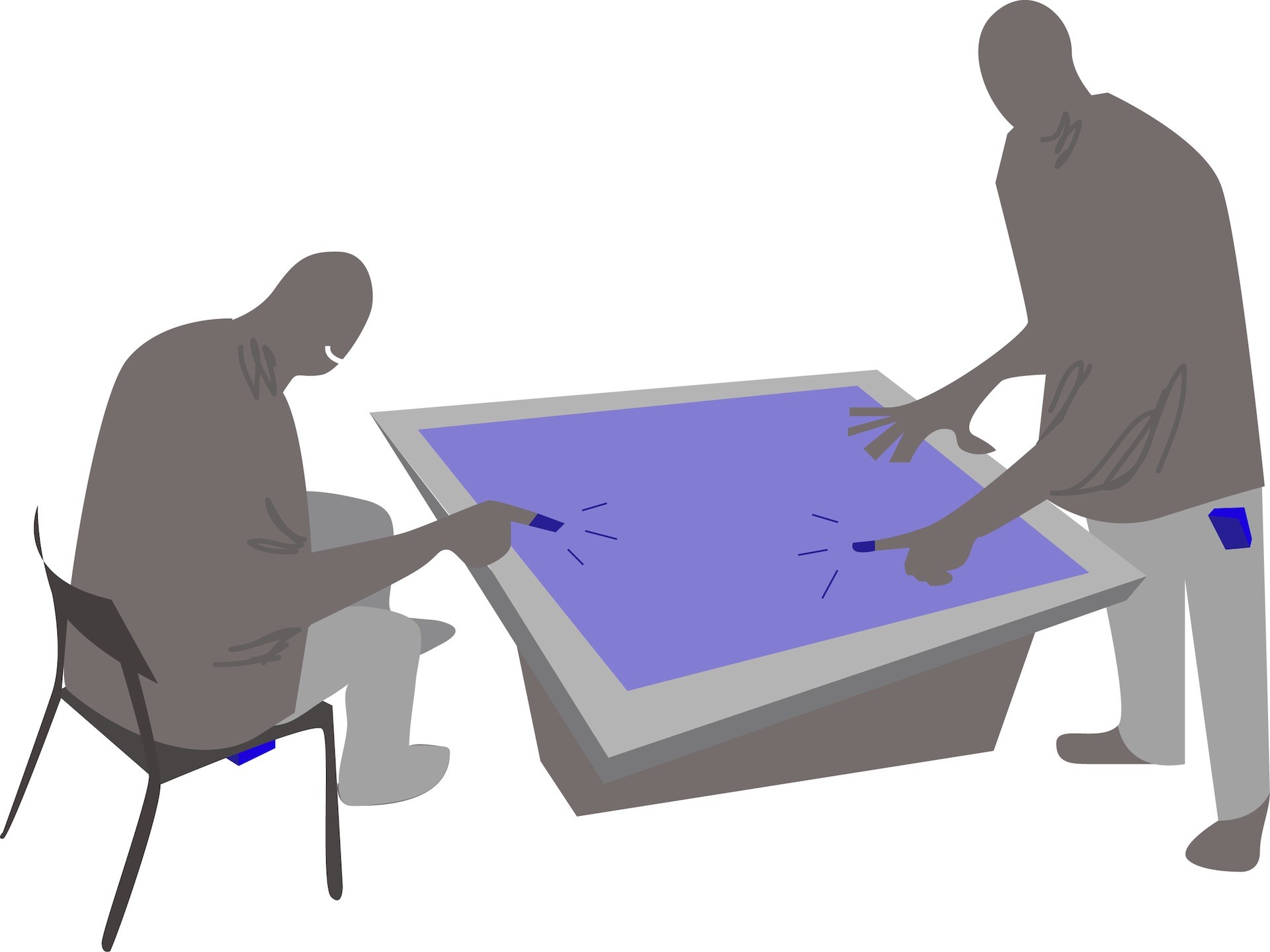
Revel could be used to provide personal tactile feedback on shared touch-surfaces. For example, each users interacting simultaneously on a single touch-table while wearing a Revel device will experience their own personal tactile feedback. The nature of the tactile sensation experienced will only depend on the current objects a user is interacting with on the screen. This application scenario is almost impossible to implement with any other tactile technologies.
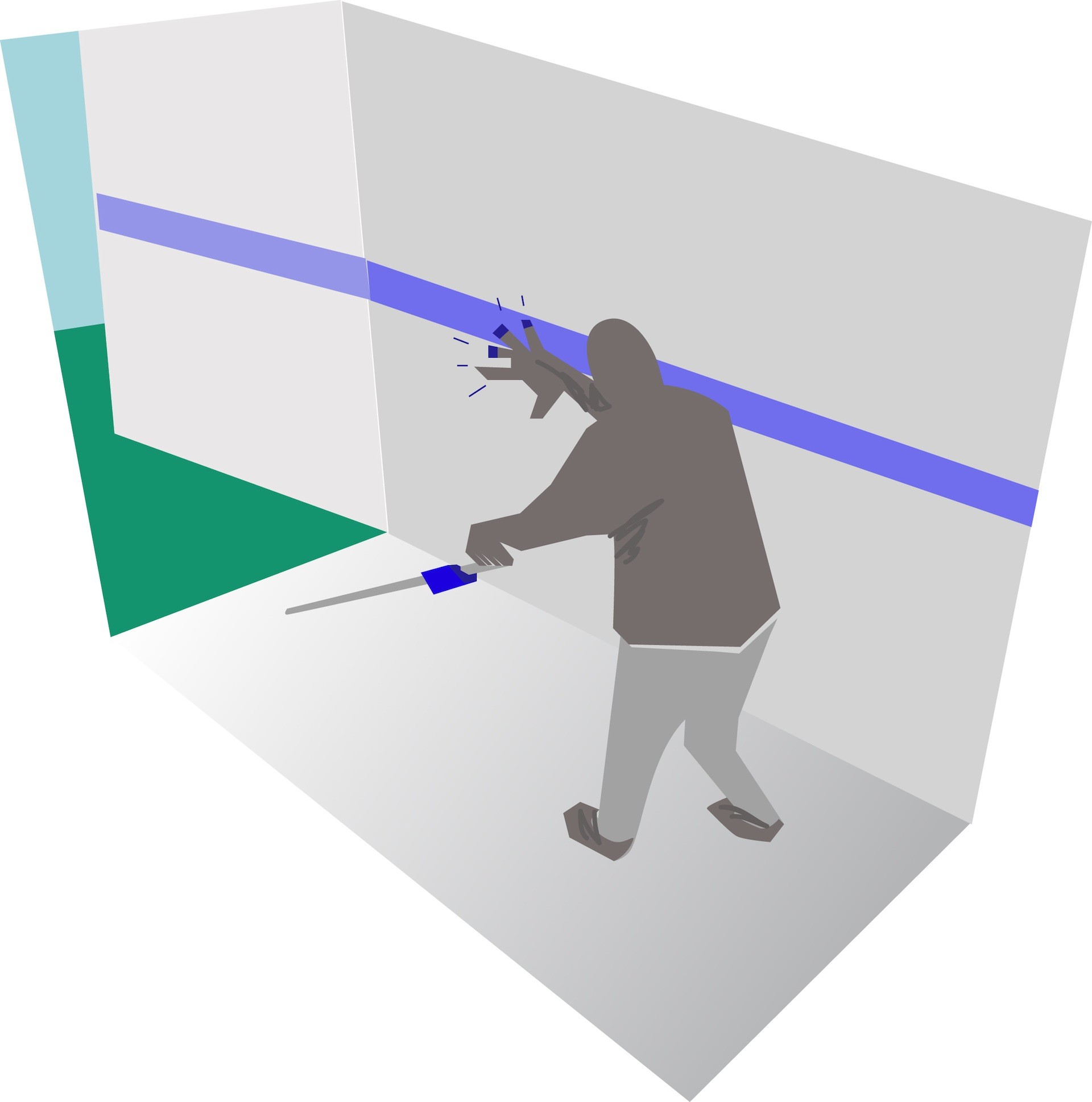
Revel could provide tactile guidance to the visually impaired. For example, Revel attached to a cane could reveal a tactile guide on the walls of buildings, providing indications about the nearest exit.
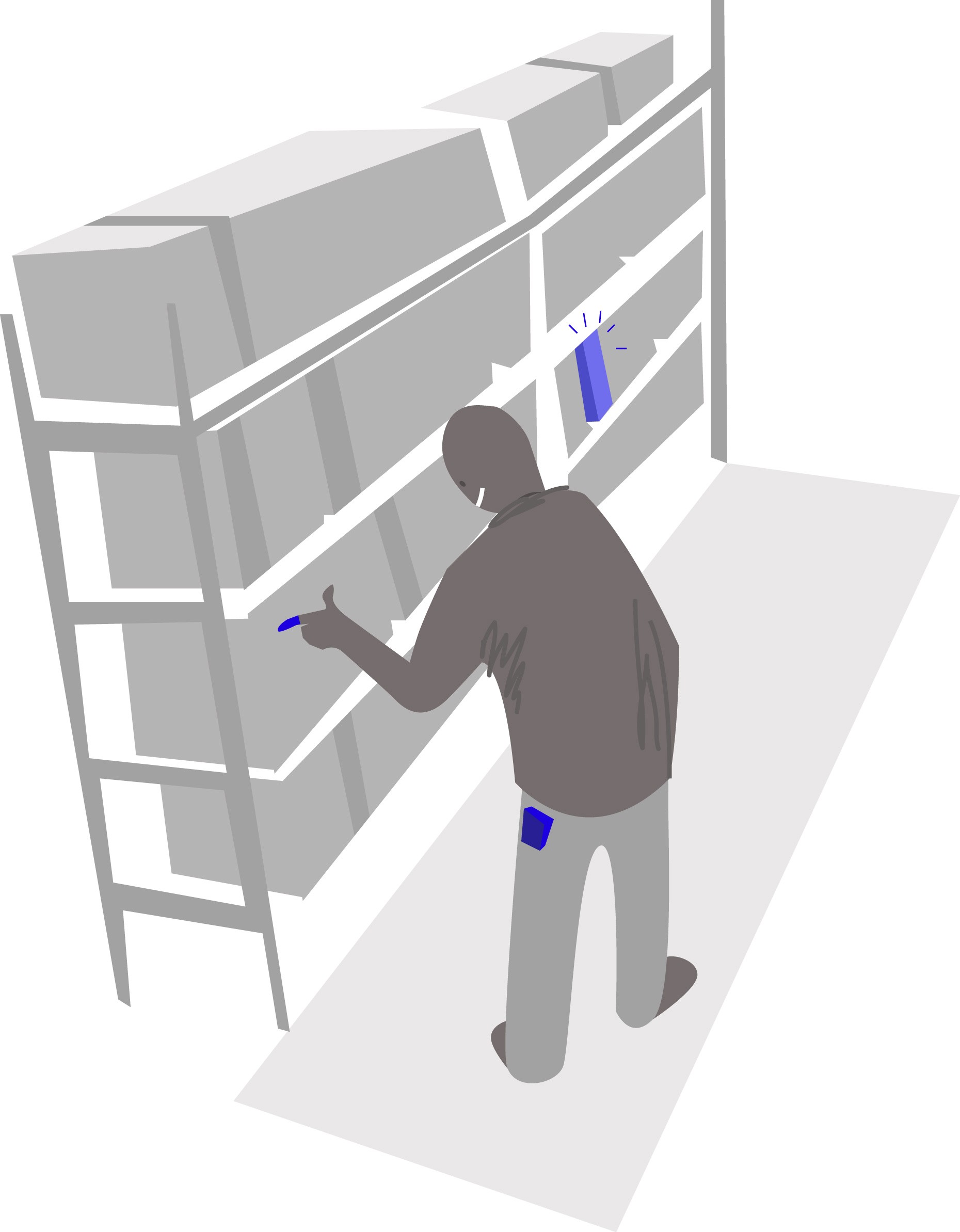
Revel can also be used to help us search for objects. For example, Revel could change the texture of the spine of a sought book on a bookshelf.
Publications and Awards
REVEL: A Tactile Feedback Technology for Augmented Reality.
O. Bau and I. Poupyrev. 2012. In Proc. SIGGRAPH’12. [ACM]
REVEL: A Tactile Feedback Technology for Augmented Reality.
O. Bau, I. Poupyrev, M. LeGoc, L. Galliot and M. Glisson. 2012. SIGGRAPH’12 Emerging Technologies. [ACM]
100 Outstanding Innovations in 2012 by UNESCO’s NetExplo.
World Technology Award, 2012, Revel.
Project webpage describing the SIGGRAPH 2012 Emerging Technologies Installation.
Team and Credits
The REVEL technology was developed with Ivan Poupyrev, in collaboration with Mathieu Le Goc. Laureline Galliot and Matthew Glisson joined the REVEL research team for the design and production of the SIGGRAPH 2012 Emerging Technologies Installation.
Photos by Hanna Fuhrmann.
Selected Press
BBC Focus Magazine. Touchy-feely technology. October 2012.
MIT Technology Review. Disney Researchers Add Virtual Touch to the Real World. August 9, 2012.
Wired. Electrical fields passed through the body generate virtual textures. August 10, 2012.
Engadget. Disney’s REVEL could turn the whole world into a tactile touchscreen. August 10, 2012.
Gizmodo. Using Electrical Charge to Make the World Feel Different. August 9, 2012.
Creative Applications. Disney Researchers Augment Touch Sensation with REVEL. August 9, 2012.
